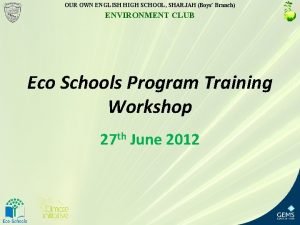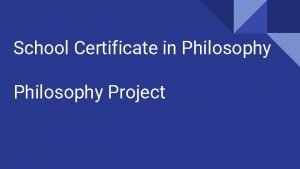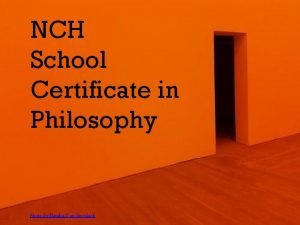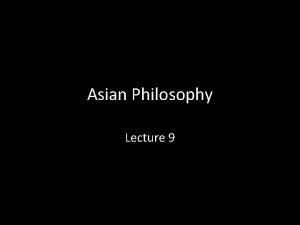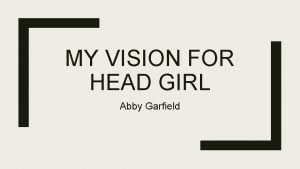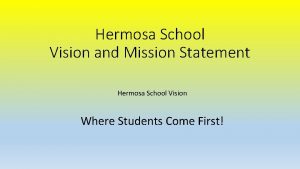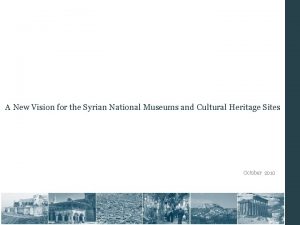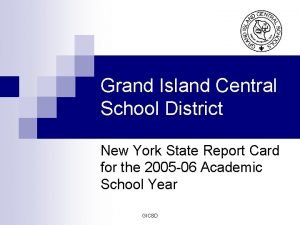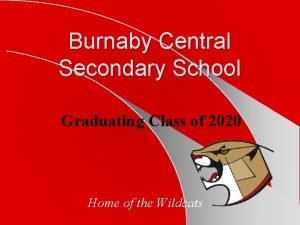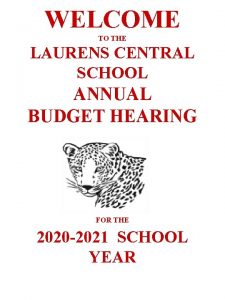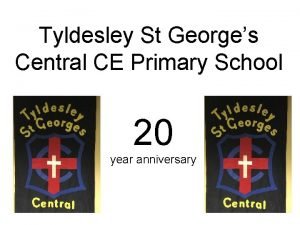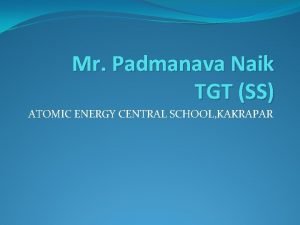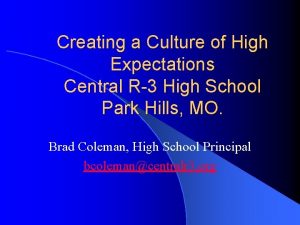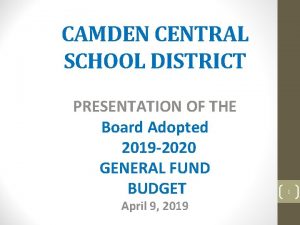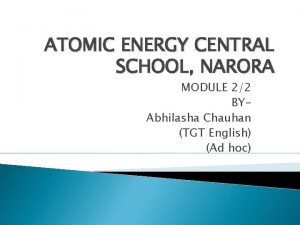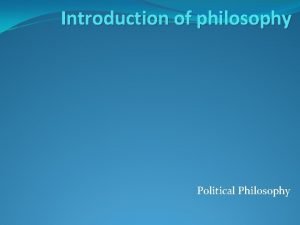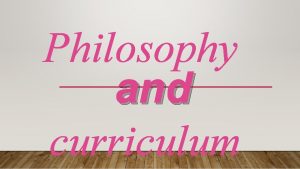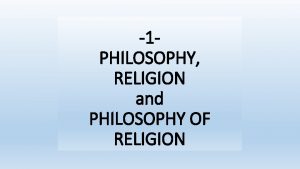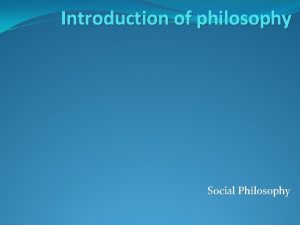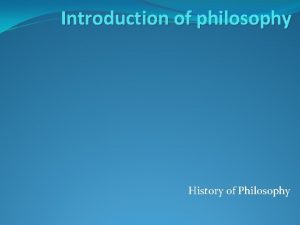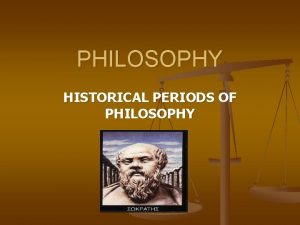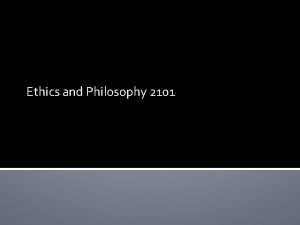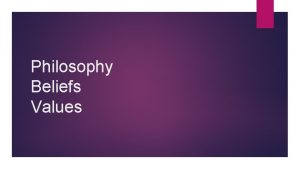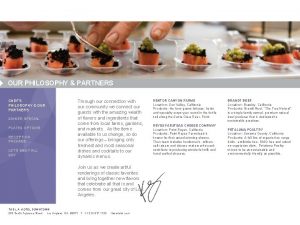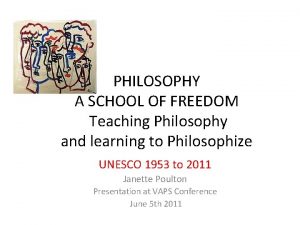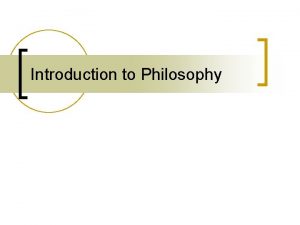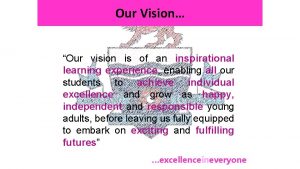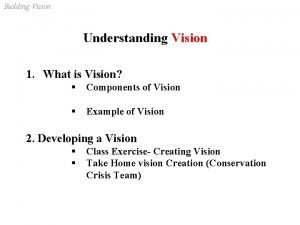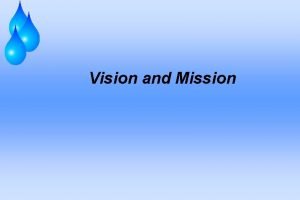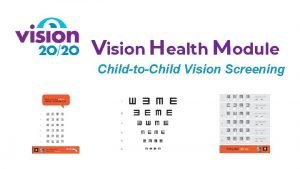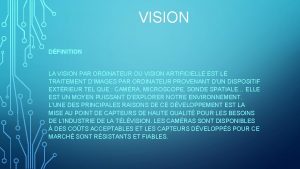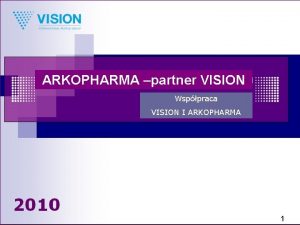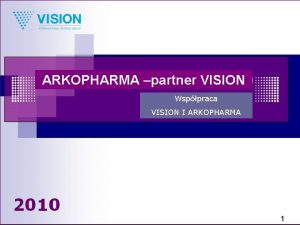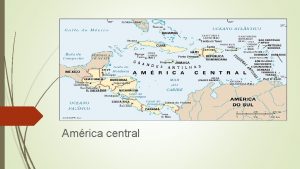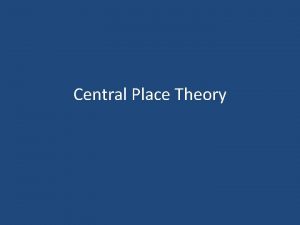Our School Vision Central to our philosophy is






























- Slides: 30


Our School Vision Central to our philosophy is that: 'Everyone in our school will develop with limitless potential by being motivated and engaged in a Christian community. ' We believe that children should experience life in all of its fullness (John 10: 10). Wisdom, hope, dignity and community permeate all that we do at Tardebigge.

Growth Mindset



Characteristics of Effective Learning

Areas of Learning and Development Prime Areas Personal, Social and Emotional Development -Making Relationships -Self-confidence and self-awareness -Managing feelings and Behaviour Physical Development -Moving and Handling -Health and Self-care Communication and Language -Listening and attention -Understanding -Speaking Specific Areas Literacy -Reading -Writing Mathematics -Numbers -Shape, Space and Measure Understanding the World -People and Communities -The World -Technology Expressive Arts and Design -Exploring and Using Media and Materials -Being Imaginative

Capturing Learning Independent learning Structured play Focus children Observation 2 Builda. Profile Learning Journey Parent observations (online!) Focus Activities

Language Key topic vocabulary (Word Aware words) will be posted onto the Reception class page. Please reiterate at home. Language is fundamental to all learning.

Reading is one of the most important skills your child will learn in the Early Years! It unlocks the door to all future learning. We want all children to have a love of reading.


Picture clues Phonics Reading Games! Discussing story setting, characters and key events

What does reading look like?

Games Treasure Hunt Take reading outdoors Hopscotch words Snap Throw/kick the ball I spy… Match the rhyming words Bath words!

Reading diaries in book bags every day. Team points will be given to those who read daily.


Phonics

What is the alphabetic code? In English 26 letters make 44 sounds (phonemes) • 3 letter – ion, igh • 2 letter – th, ng • 4 letter – ough These phonemes are represented by 140 different letter combinations A phoneme can be represented by one or more letters The same phoneme can be spelled in more than one way e. g. ay, ai, a-e The same spelling may represent more than one sound e. g. live and live No wonder it can take years for children to learn to read, write and spell!

How do we teach phonics in school? Letter/s sound correspondences at a quick pace Immediately teach how to blend the sounds for reading e. g. c-a-t is cat, b-u-s is bus, s-t-o-p is stop Main digraphs (letter combinations) - for blending and segmenting Irregular keywords (tricky words) e. g. blending them but noting the regular and irregular/unusual parts Use decodable texts initially Blending all-through-the-word as one of the main strategy for reading unknown words

Phase Two (Reception) Teaches blending to read and segmenting to spell. Set 1: s a t p Set 2: i n m d Set 3: g o c k Set 4: ck e u r Set 5: h b f ff l ll ss Vowel consonant (VC) - consonant vowel consonant (CVC) words. Learning to read some tricky words: the to I no go into

Phase Three (Reception) Continues to teach blending to read and segmenting to spell. Set 6: j v w x Set 7: y z zz qu ch sh th ng ai ee igh oa oo ar or ur ow oi ear air ure er Letter names Introducing two syllable words Learning some tricky words: Read: he she we me be was you they all are my her Write: the to I no go

Phoneme Vocabulary Digraph The sound that a letter or group of letters make. Grapheme Two letters making one sound e. g. ch oa ee The written representation of a phoneme. Split Digraph A digraph split by a consonant. e. g. Bike i-e Pete e-e Trigraph Three letters making one sound e. g. igh / ure

IMPORTANT Sounds need to be learnt and said correctly to enable children to read and spell successfully. We all need to keep the sounds pure. (No additional ‘u’ sound. )


Caterpillar Words

Action Words

Maths



www. tardebigge. worcs. sch. uk
 Structured light
Structured light Our own sharjah boys
Our own sharjah boys School certificate in philosophy
School certificate in philosophy Unsplash
Unsplash Vaisheshika school of philosophy
Vaisheshika school of philosophy Thinking language and intelligence
Thinking language and intelligence Our census our future
Our census our future Bernadette farrell christ, be our light
Bernadette farrell christ, be our light Marcus aurelius our life is what our thoughts make it
Marcus aurelius our life is what our thoughts make it We bow our hearts
We bow our hearts Our census our future
Our census our future Our life is what our thoughts make it
Our life is what our thoughts make it Who is the poet of money madness
Who is the poet of money madness Awareness of ourselves and our environment is:
Awareness of ourselves and our environment is: Our awareness of ourselves and our environment is called
Our awareness of ourselves and our environment is called God our father christ our brother
God our father christ our brother Our future is in our hands quotes
Our future is in our hands quotes Our awareness of ourselves and our environment
Our awareness of ourselves and our environment Is our awareness of ourselves and our environment.
Is our awareness of ourselves and our environment. My vision for my school
My vision for my school Learning mission statement examples
Learning mission statement examples New vision school syria
New vision school syria Grand island central school district
Grand island central school district Massena central school
Massena central school Burnaby central counsellors
Burnaby central counsellors Laurens central school
Laurens central school St georges central
St georges central Atomic energy central school
Atomic energy central school Central r3
Central r3 Camden central school
Camden central school Atomic energy central school narora
Atomic energy central school narora

